As the winter chill melts away and the earth awakens, spring ushers in a vibrant palette of colors and fragrances that transform gardens into beautiful landscapes. This season is not just a time of renewal for nature; it’s also the perfect opportunity for gardeners to cultivate a stunning array of flowers. By choosing the right varieties to plant in spring, you can create a blooming paradise that will provide enjoyment throughout the warmer months. Below is an in-depth look at some of the best flowers to plant in spring, including their characteristics, care tips, and design ideas for incorporating them into your garden.
Best flowers to plant in spring
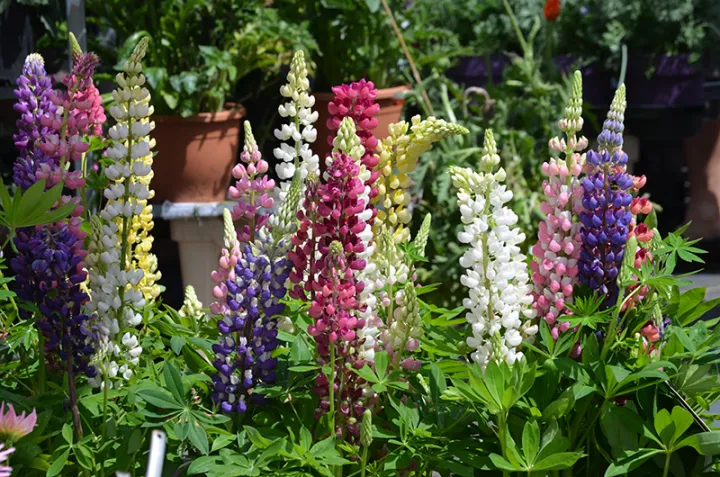
Climbing roses (rosa)
Characteristics
Climbing roses are a perennial favorite among gardeners, known for their elegant blooms and delightful fragrance. These vigorous plants can grow up to 20 feet tall, making them ideal for adding vertical interest to gardens. They come in various colors, from classic reds and pinks to yellows and whites, and many have a lovely scent.
Growing conditions
- Light: Full sun (at least 6 hours of sunlight daily).
- Soil: Well-drained, rich soil with good organic matter.
- Watering: Regular watering is essential, particularly during dry spells, to ensure healthy blooms.
Care Tips
- Pruning: Prune climbing roses in early spring to encourage new growth and remove any dead or diseased branches.
- Training: Use trellises or fences to guide the growth of the roses and create a stunning vertical display.
- Fertilizing: Apply a balanced fertilizer in early spring and again after the first bloom to promote healthy growth.
Design ideas
Plant climbing roses around arbors, pergolas, or garden gates for a romantic entrance. Pair them with annuals for added color or plant them alongside fragrant herbs to create a sensory experience in your garden.
Dahlias (dahlia)

Characteristics
Dahlias are celebrated for their spectacular blooms that come in an astonishing variety of colors, shapes, and sizes. From small pom-pom types to large dinner-plate varieties, dahlias can add drama and vibrancy to any garden. Although they do not have a strong fragrance, their beauty is enough to draw in admirers.
Growing conditions
- Light: Full sun is essential for promoting abundant blooms.
- Soil: Well-drained, nutrient-rich soil with a slightly acidic to neutral pH.
- Watering: Water deeply but infrequently to encourage strong root growth.
Care tips
- Staking: Taller varieties may need staking to support their large blooms.
- Deadheading: Regularly remove spent flowers to encourage continuous blooming.
- Fertilizing: Use a high-phosphorus fertilizer to enhance blooming and overall health.
Design ideas
Dahlias are perfect for cutting gardens, as their long stems make them ideal for bouquets. Combine different varieties and colors for a striking visual impact in your garden beds.
Asters (aster)
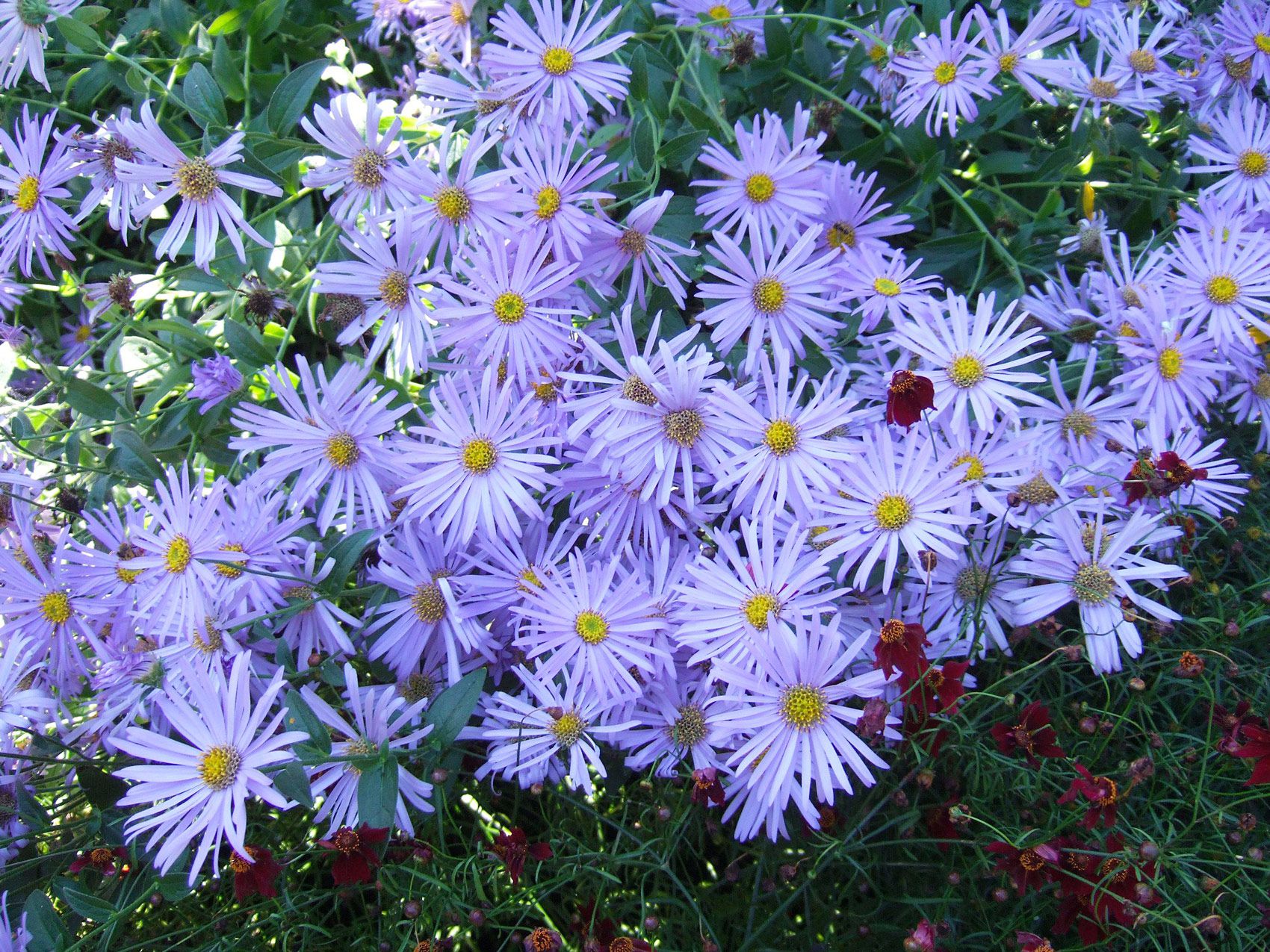
Characteristics
Asters are perennial flowers known for their stunning daisy-like blooms that come in a variety of colors, including pink, purple, white, and blue. They typically grow to a height of 30-60 cm and bloom beautifully in late spring and summer, attracting pollinators like bees and butterflies.
Growing conditions
- Light: Full sun to partial shade.
- Soil: Well-drained soil rich in organic matter.
- Watering: Regular watering is important, especially during dry spells.
Care tips
- Pruning: Cut back plants in the fall to promote bushier growth in the following spring.
- Spacing: Provide enough space between plants to promote air circulation and prevent fungal diseases.
- Fertilizing: A balanced fertilizer can be applied in early spring to encourage growth.
Design ideas
Asters work well in cottage gardens, where they can be mixed with other perennials and annuals. Their vibrant colors can create a stunning backdrop for other blooming flowers.
Petunias (petunia)
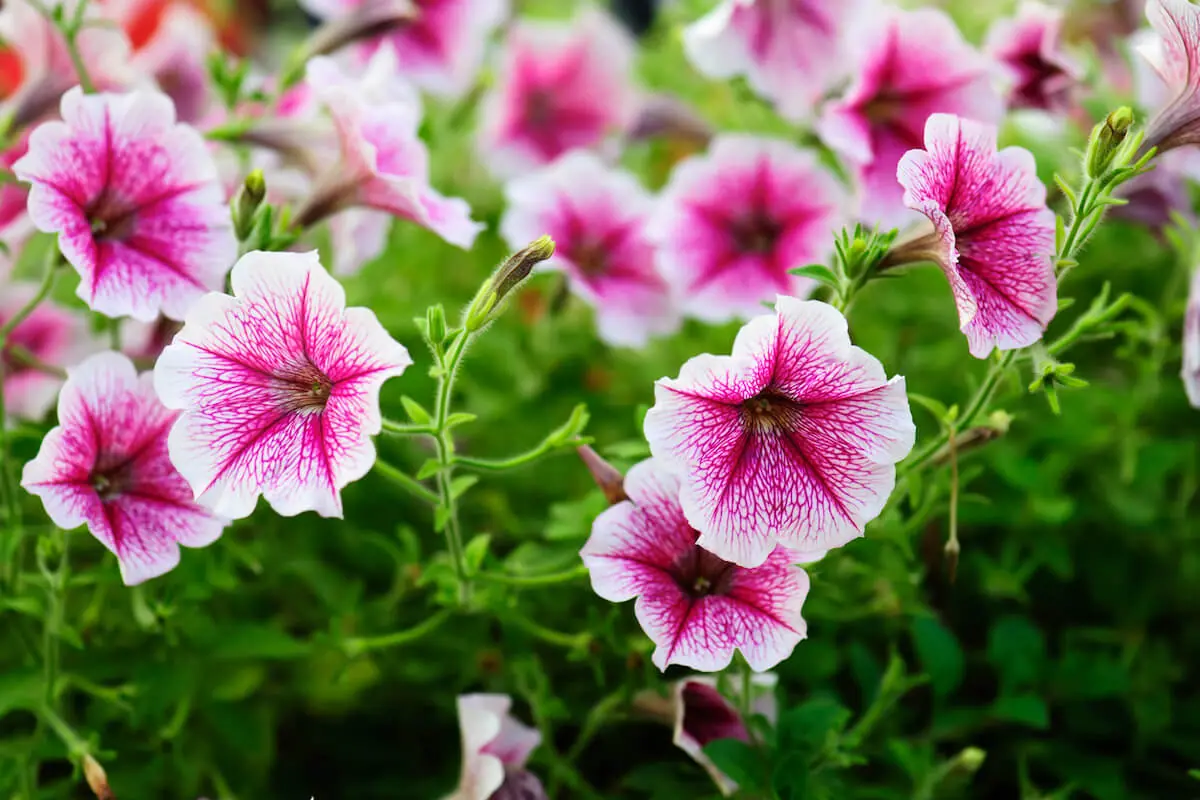
Characteristics
Petunias are one of the most popular annual flowers, known for their bright colors and long blooming period. They come in a wide range of hues and patterns, including stripes and spots. Petunias are versatile and can be grown in garden beds, containers, or hanging baskets.
Growing conditions
- Light: Full sun is ideal for vibrant blooms.
- Soil: Well-drained soil enriched with organic matter.
- Watering: Keep the soil consistently moist, but avoid waterlogging.
Care tips
- Deadheading: Regularly remove faded blooms to encourage new flowers.
- Fertilizing: Use a balanced fertilizer every 4-6 weeks to promote healthy growth.
- Pest management: Watch for pests like aphids and spider mites, and treat with insecticidal soap if necessary.
Design ideas
Plant petunias in hanging baskets on porches or balconies for a burst of color. They also look stunning in mixed containers with other annuals and perennials for added interest.
Upright geraniums (pelargonium)
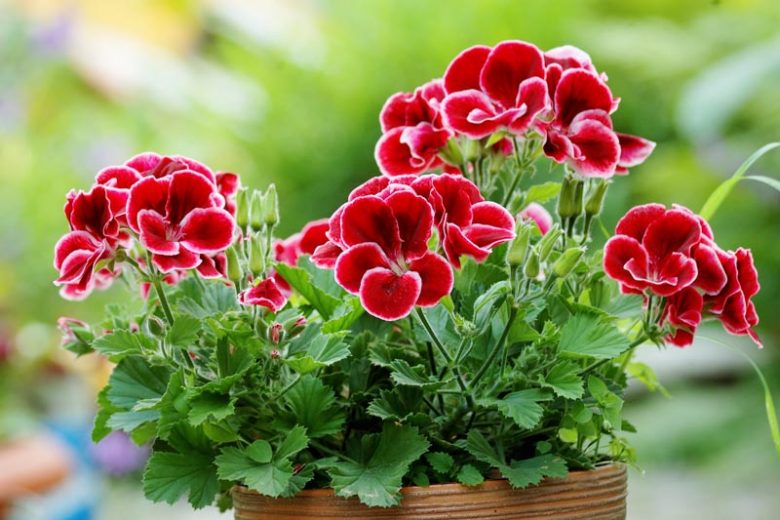
Characteristics
Upright geraniums are heat-resistant plants known for their colorful blooms and aromatic leaves. They produce flowers in a variety of colors, including red, pink, and white, resembling hydrangeas in their bloom shape.
Growing conditions
- Light: Full sun to partial shade.
- Soil: Well-drained, fertile soil.
- Watering: Water regularly but allow the soil to dry out slightly between waterings.
Care tips
- Pruning: Pinch back spent blooms to promote new growth and maintain a bushy shape.
- Fertilizing: Use a balanced fertilizer every 4-6 weeks to support growth.
- Pest management: Keep an eye out for common pests and treat promptly to prevent infestations.
Design ideas
Upright geraniums are excellent for borders and can add a splash of color to flower beds. They can also be used in containers to brighten patios and decks.
Gerbera daisies (gerbera)
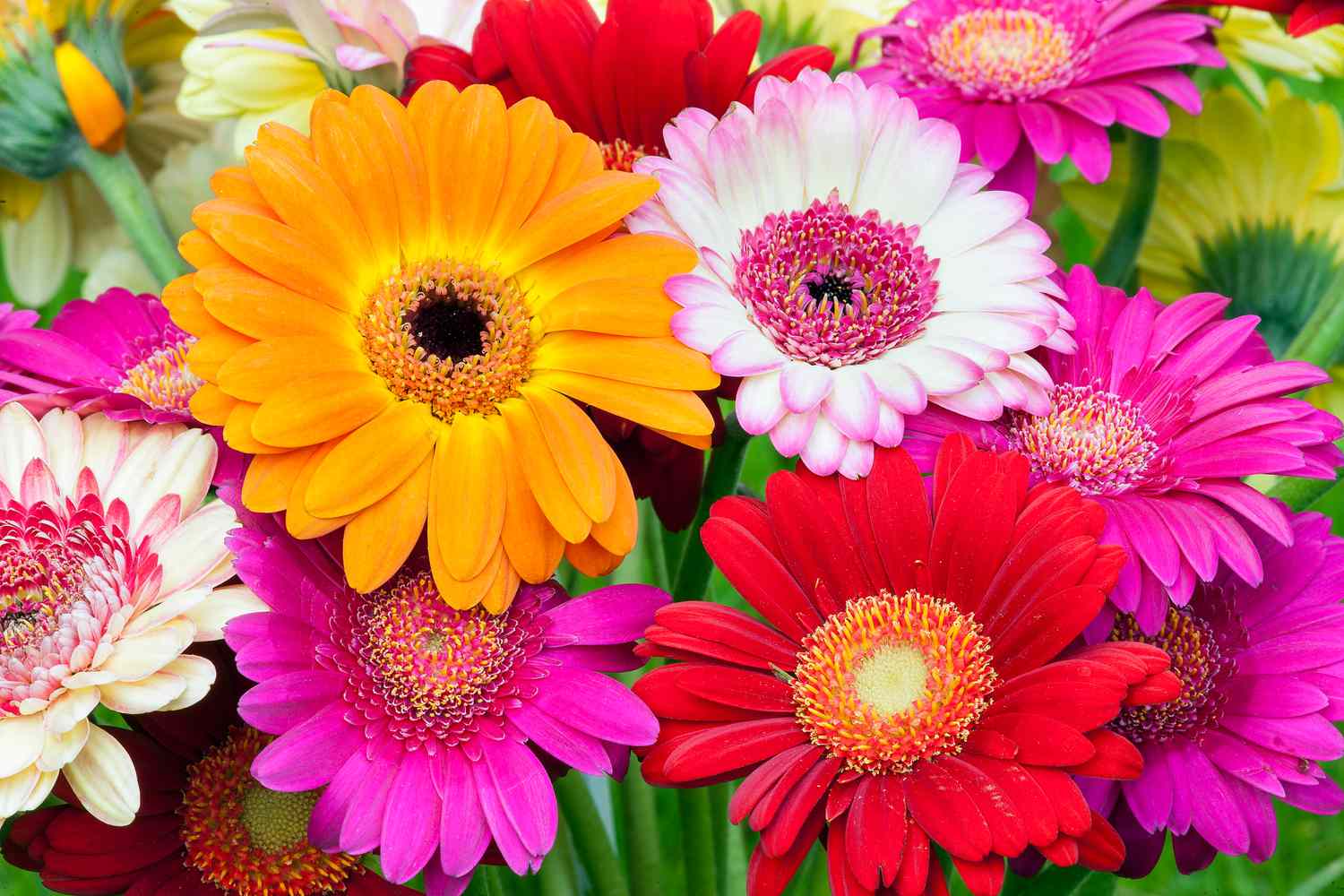
Characteristics
Gerbera daisies are known for their large, vibrant blooms that come in various colors, including orange, pink, yellow, and red. They are cheerful flowers that symbolize love and beauty, making them popular in floral arrangements.
Growing conditions
- Light: Full sun is ideal for optimal growth and blooming.
- Soil: Well-drained, rich soil is best.
- Watering: Water regularly, allowing the top inch of soil to dry out between waterings.
Care tips
- Deadheading: Regularly remove spent flowers to encourage more blooms.
- Fertilizing: Use a balanced fertilizer during the growing season for healthy growth.
- Pest management: Monitor for pests and treat with insecticidal soap if necessary.
Design ideas
Gerbera daisies are perfect for sunny borders or as a centerpiece in mixed flower arrangements. Their vibrant colors can be combined for a stunning display.
Bluebell flowers (hyacinthoides non-scripta)
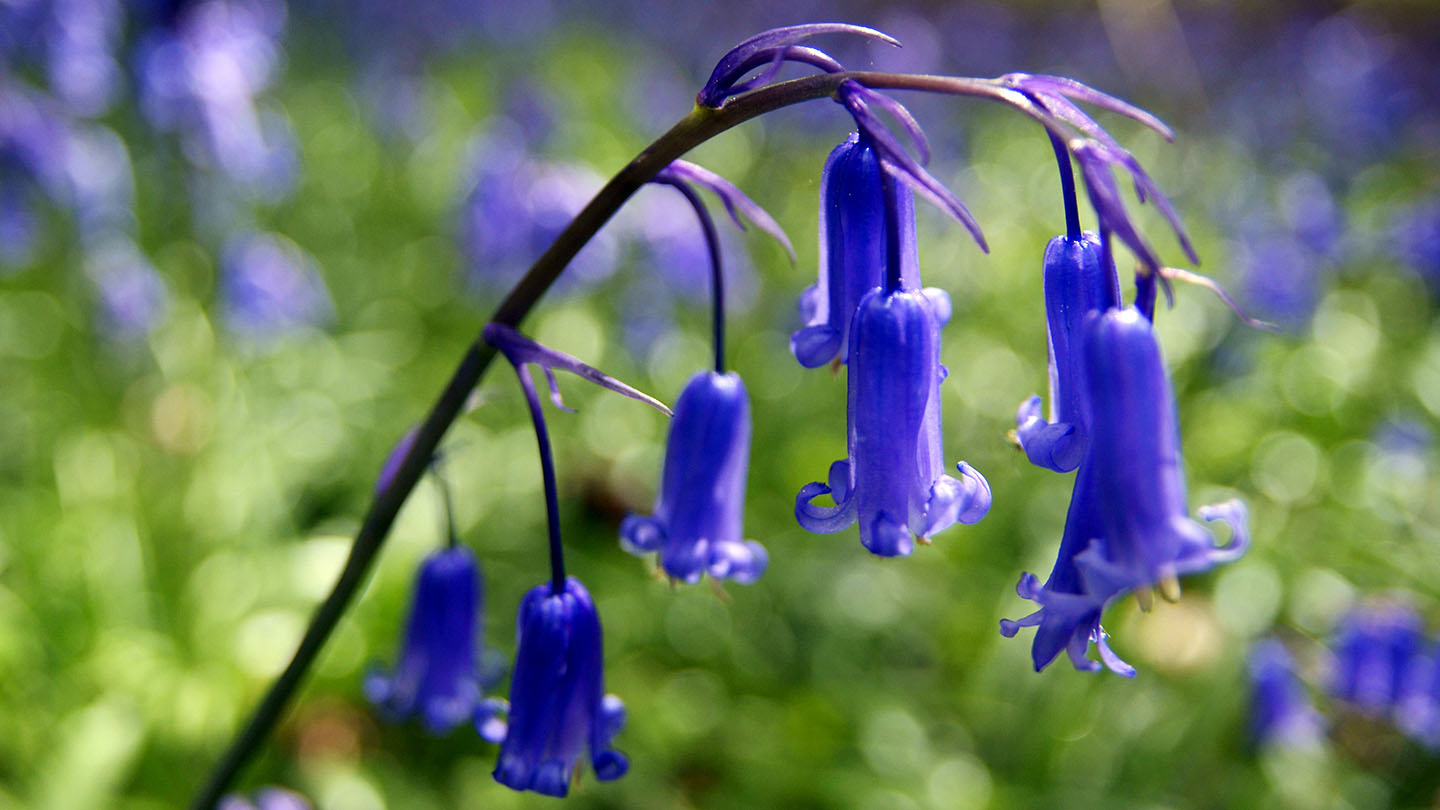
Characteristics
Bluebells are charming, bell-shaped flowers that bloom in spring, often carpeting woodland areas in beautiful blue hues. These perennial flowers are easy to grow and can thrive in various conditions.
Growing conditions
- Light: Full sun to partial shade.
- Soil: Well-drained, moist soil.
- Watering: Water regularly, especially during dry spells.
Care tips
- Dividing: Divide established clumps every few years to promote healthy growth and blooming.
- Mulching: Apply mulch in the spring to retain moisture and suppress weeds.
- Pest management: Generally pest-resistant but monitor for any signs of disease.
Design ideas
Bluebells are ideal for naturalizing in woodland gardens, where they can create a stunning blue carpet under trees. They can also be planted in borders for a soft, natural look.
Lantern flowers (physalis alkekengi)
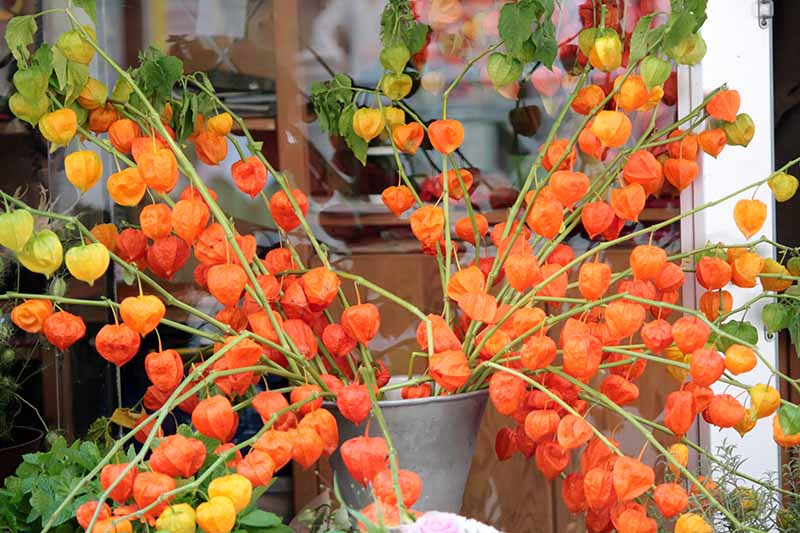
Characteristics
Lantern flowers, also known as Chinese lanterns, feature bright orange or red, lantern-shaped husks that contain small berries. These unique plants add visual interest and can brighten up your garden throughout the year.
Growing conditions
- Light: Full sun is best for robust growth.
- Soil: Well-drained soil with moderate moisture.
- Watering: Water regularly to keep the soil moist but not soggy.
Care tips
- Pruning: Prune back dead or overgrown stems in early spring to encourage new growth.
- Fertilizing: Use a balanced fertilizer to support healthy blooms.
- Pest management: Watch for pests and diseases, and treat promptly to prevent infestations.
Design ideas
Lantern flowers can be grown in pots on patios or balconies or used as a striking border in flower beds. Their unique appearance can create a focal point in any garden setting.
Carnations (dianthus caryophyllus)
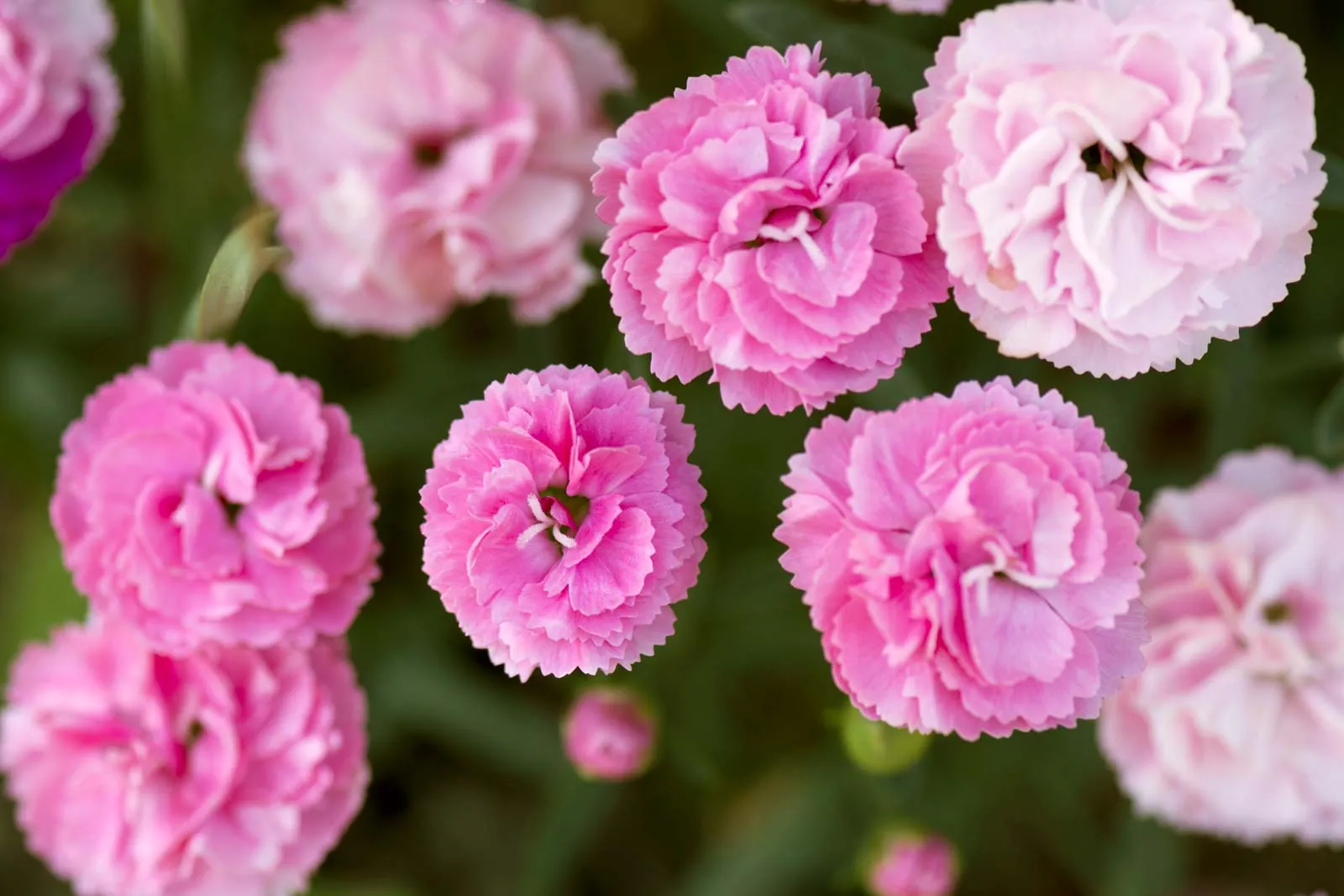
Characteristics
Carnations are cherished for their ruffled petals and long-lasting blooms. They come in an array of colors, including pink, red, white, and purple, and symbolize love and admiration. Carnations are often used in floral arrangements due to their beauty and durability.
Growing conditions
- Light: Full sun for at least 6 hours daily.
- Soil: Well-drained, fertile soil is ideal.
- Watering: Keep the soil consistently moist, but avoid overwatering.
Care tips
- Deadheading: Regularly remove faded blooms to encourage continuous flowering.
- Fertilizing: Use a balanced fertilizer every 4-6 weeks during the growing season.
- Pest management: Monitor for pests and treat with appropriate methods.
Design ideas
Carnations are perfect for cutting gardens and can be used in mixed arrangements for a burst of color. They also make excellent border plants and look beautiful in containers.
Periwinkle (vinca minor)
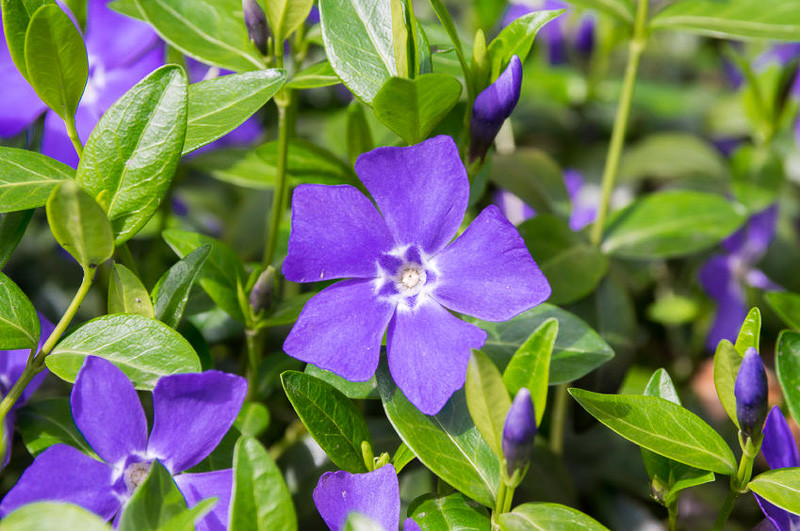
Characteristics
Periwinkle is a hardy, low-growing perennial known for its lovely star-shaped flowers in shades of white, light pink, and blue. These flowers bloom continuously from spring through fall and are excellent for ground cover.
Growing conditions
- Light: Partial shade to full sun.
- Soil: Well-drained soil; they tolerate poor soil conditions.
- Watering: Water regularly but allow the soil to dry slightly between waterings.
Care tips
- Spacing: Plant periwinkle 12-18 inches apart to allow for spreading.
- Mulching: Apply mulch to retain moisture and suppress weeds.
- Pest management: Generally pest-resistant but monitor for any signs of disease.
Design ideas
Periwinkle works well in shaded areas and can be used as ground cover under trees or in shady borders. Their vibrant blooms add color to otherwise dim areas.
Chrysanthemums (chrysanthemum)
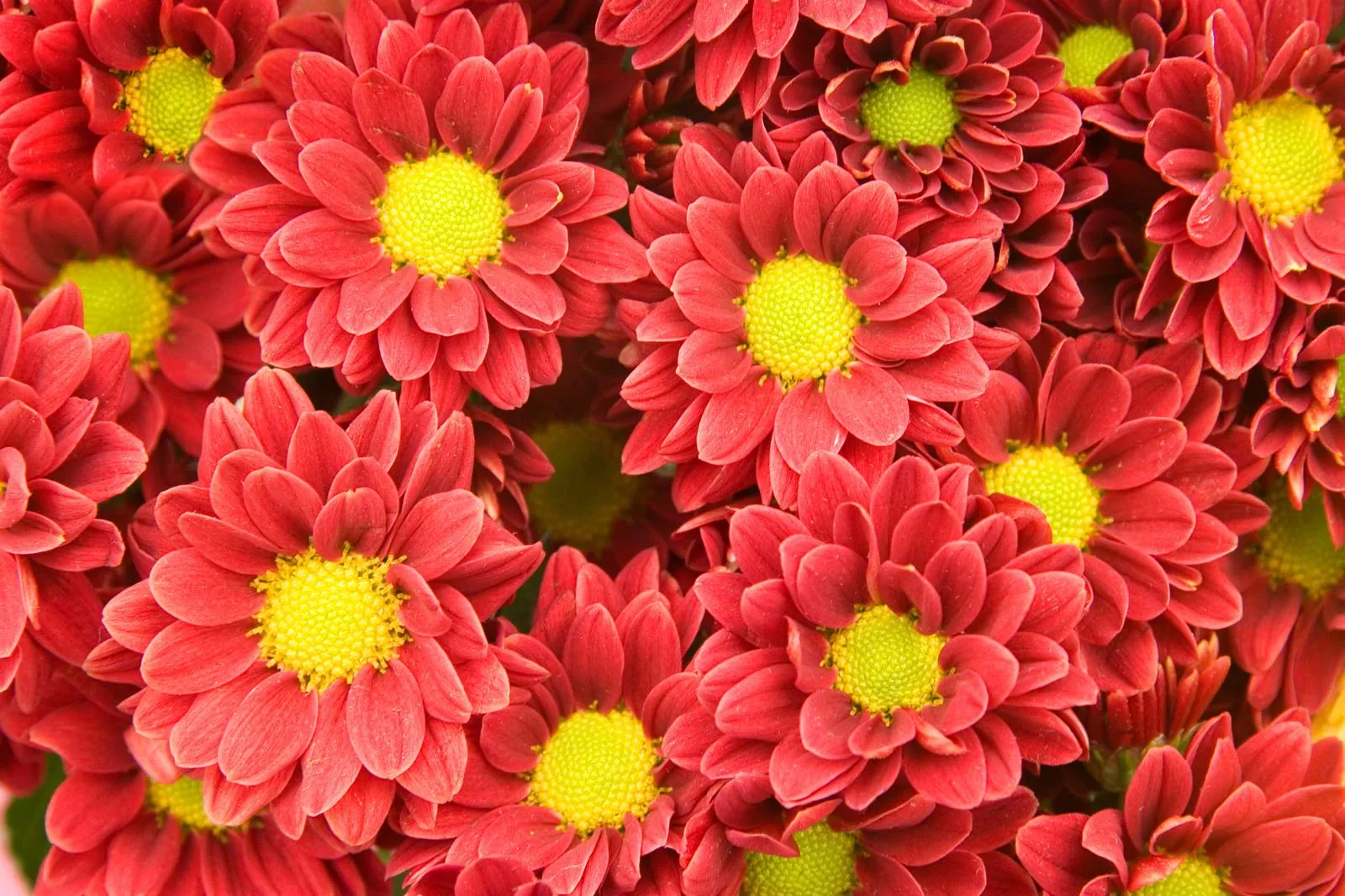
Characteristics
Chrysanthemums, commonly known as mums, are iconic fall flowers but can be planted in spring for established growth. They come in a wide range of colors, shapes, and sizes, making them versatile additions to any garden.
Growing conditions
- Light: Full sun for optimal growth.
- Soil: Well-drained soil rich in organic matter.
- Watering: Water regularly, especially during dry spells.
Care tips
- Deadheading: Remove spent blooms to encourage new flowers.
- Fertilizing: Use a balanced fertilizer in spring and again in mid-summer.
- Pest management: Monitor for common pests and diseases.
Design ideas
Mums can create a stunning display in borders or as focal points in mixed beds. Their vibrant colors can be combined for eye-catching arrangements.
Wildflowers
Characteristics
Wildflowers are hardy and adaptable plants that can bring a natural beauty to any garden. They often require minimal care and thrive in a variety of conditions, making them excellent choices for low-maintenance gardens.
Growing conditions
- Light: Full sun is ideal for most wildflower species.
- Soil: Well-drained soil; many species tolerate poorer soils.
- Watering: Water during dry spells, especially while establishing.
Care Tips
- Sowing: Scatter seeds in early spring for natural growth.
- Weeding: Regularly remove weeds to allow wildflowers to thrive.
- Mulching: Apply a light mulch to retain moisture and suppress weeds.
Design ideas
Wildflowers are perfect for creating meadows or naturalized areas in gardens. Mix different species for a colorful, diverse display that attracts pollinators.
Begonia (begonia)
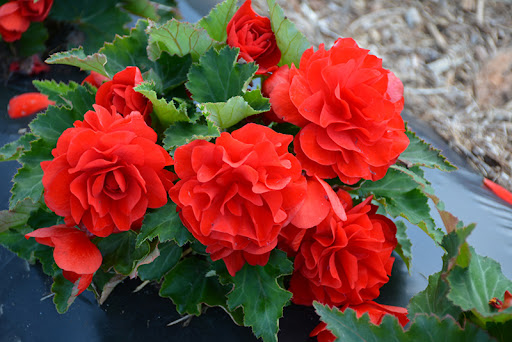
Characteristics
Begonias are known for their stunning foliage and colorful blooms, making them popular for both gardens and containers. They come in a variety of forms, including fibrous, tuberous, and rex begonias, each with unique features.
Growing conditions
- Light: Partial shade; too much direct sunlight can scorch the leaves.
- Soil: Well-drained, rich soil is best for healthy growth.
- Watering: Water when the top inch of soil feels dry, avoiding sogginess.
Care tips
- Deadheading: Remove spent blooms to promote new growth.
- Fertilizing: Use a balanced fertilizer every 4-6 weeks during the growing season.
- Pest management: Monitor for pests and treat as needed.
Design ideas
Begonias are perfect for containers on patios and balconies or can be planted in shady borders. Their colorful blooms and foliage add texture and interest to any garden.
Conclusion
Above is a summary of ”best flowers to plant in spring”. Spring is a wonderful time to embrace the beauty of flowers and cultivate a vibrant garden that reflects your style. Each flower variety brings its own charm, colors, and fragrances, creating a diverse and engaging outdoor space. By carefully selecting and planting the right flowers this spring, you can create a breathtaking landscape that not only enhances the beauty of your home but also supports local wildlife and ecosystems. Consider the flowers outlined above as you plan your spring planting, and get ready to enjoy the colorful and poetic green space that will bloom beautifully right outside your door. Happy gardening!
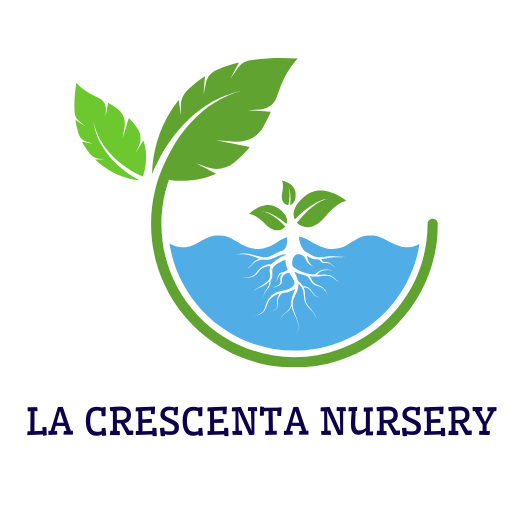
Related articles
Top 5 Spring Tree Pests: Identifying and Managing Common Threats
How to Grow Virginia Creeper: A Complete Guide
How to care for cyclamen from the expert
Detailed instructions: How to care for propagated plants
Understanding tree diseases: Identification, prevention, and treatment
Detailed instructions: How to care for fruit trees
Detailed instructions how to grow winter vegetables
How to propagate an aloe plant: a detailed guide to the methods